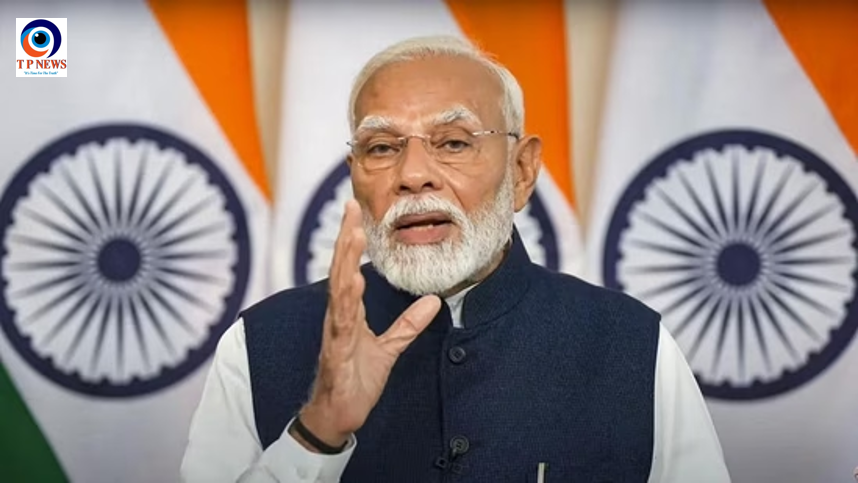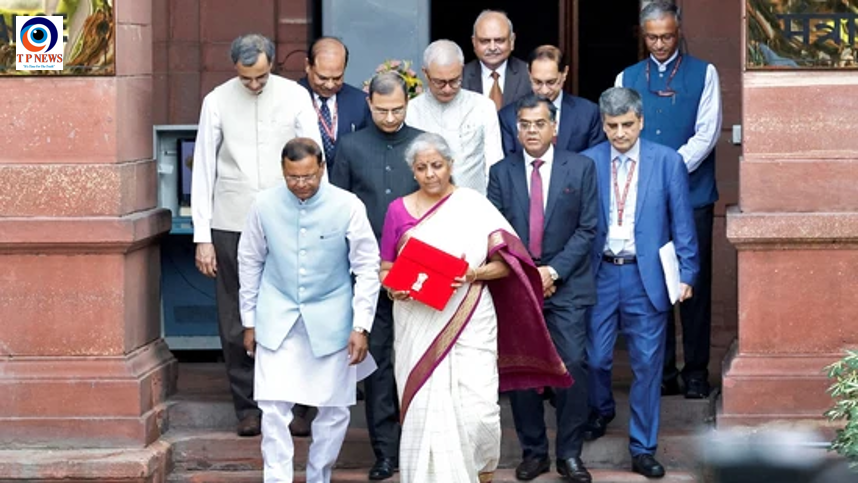Adani Green Energy Limited (AGEL) is poised for a remarkable surge, with Jefferies forecasting a potential 75% rally in its stock price. The catalyst for this significant growth is the Khavda Renewable Energy (RE) plant in Gujarat, which promises to revolutionize the renewable energy sector and drive Adani Green’s stock to unprecedented heights.
The Khavda RE Plant: A Massive Undertaking
The Khavda RE plant is a colossal project, sprawling over an impressive 538 square kilometers—an area nearly five times the size of Paris. This ambitious initiative is set to position Adani Green at the forefront of the renewable energy industry, showcasing its capability to execute large-scale projects with unparalleled speed and efficiency.
Within just 12 months of breaking ground, AGEL has already operationalized the first 2 GW of the Khavda plant’s capacity. This swift progress is a testament to the company’s dedication and operational excellence. By the end of the fiscal year 2025, AGEL plans to add a total of 6 GW capacity, with Khavda contributing a significant portion of this expansion. The long-term vision for Khavda is even more ambitious, with the entire 30 GW RE capacity slated for completion by 2029, setting a global benchmark for large-scale renewable energy projects.
Jefferies’ Bullish Outlook
Jefferies, a leading global brokerage firm, has set a target price of ₹2,130 per share for Adani Green Energy, indicating a 17% potential upside from the previous close. However, in a more optimistic scenario, Jefferies envisions the stock soaring to ₹3,180 per share—a staggering 75% increase from the current price of ₹1,830.
This bullish outlook is underpinned by several key factors:
- Industry Tailwinds: The renewable energy sector is experiencing strong tailwinds, driven by global efforts to combat climate change and transition to sustainable energy sources.
- Power Demand Growth: Increasing power demand, particularly in developing economies, is set to fuel the growth of renewable energy companies like AGEL.
- Capacity Expansion Targets: AGEL’s ambitious target of achieving 50 GW capacity by 2030 positions it as a major player in the renewable energy market.
The Road Ahead
Adani Green Energy’s Khavda plant is not just a project; it’s a game-changer that exemplifies the company’s strategic vision and execution prowess. As AGEL continues to expand its capacity and capitalize on industry trends, its stock is poised for substantial growth.
Investors and industry observers alike are closely watching Adani Green’s progress, eager to see how the Khavda project unfolds and propels the company toward its lofty goals. With a combination of strategic foresight, operational excellence, and favorable market conditions, AGEL is well on its way to becoming a dominant force in the renewable energy sector.
In conclusion, Adani Green Energy’s Khavda plant is set to redefine the renewable energy landscape, offering immense potential for growth and setting a new standard for large-scale energy projects. As Jefferies’ optimistic projections suggest, the future looks bright for AGEL and its stakeholders.












